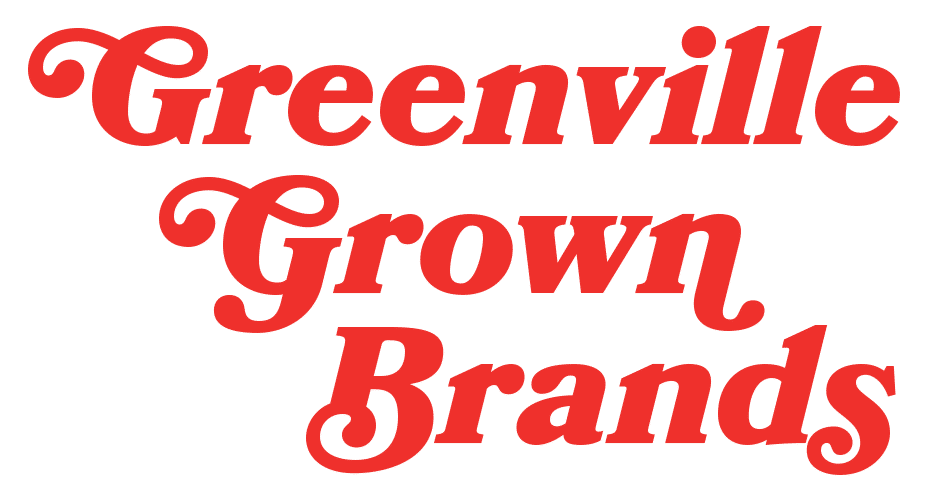Once upon a time, in a bustling market filled with brands on brands on brands, there was a small company named Smoopydoo. Smoopydoo, like so many others, offered quality products and superior customer service, but, also like so many others, needed help standing out. Smoopydoo… needed to shine and communicate its brand value.
The company’s leaders realized they needed to invest in marketing and find the right partner to help them reach those goals; they just didn’t know who that would be or when that would happen. When would that happen?
Then *poof.* They found FUEL through a quick Google search. With FUEL, they discovered the value of a brand. They needed to differentiate their brand first, before they were ready to kick off a major investment in marketing. To truly stand out, they needed a deeper understanding of their target audience (insights), clearer differentiators (USPs), and unique positioning (why the total package wins).
So, Smoopydoo embarked on a journey to transform its brand, investing in brand strategy first to ensure it got the most bang for its marketing buck. With FUEL’s help, it realized its brand’s visual identity only consisted of a logo, color palette, and an overused typeface – all preventing it from standing out and creating deeper connections through its brand experience. What Smoopydoo needed in order to get the right kind of attention (and recognition) was a unique visual language and robust brand design supported by brand strategy. The brand’s decision to invest in all three, backed by a deep understanding of brand value and ROI of branding, marked the beginning of a remarkable brand-building story.
Of course, Smoopydoo is every brand – every brand challenging invisibility while also illustrating why a company should invest – CONFIDENTLY – in its branding. We’re here to explain some of the data behind that confidence.
The Power of Branding is the ROI of Branding: A Statistical Overview
Brand building is a long-term investment and can be measured with one primary key performance indicator: brand equity. Brand equity is the value of a brand based on the perception of the brand, not its literal value based on assets. This is huge. Not only does it justify investing in your brand, it mandates it.
Strong brand equity is the ROI all businesses are looking for. Rebecca Kowalewicz, VP of Digital at a branding agency, spells it out this way: “Strong brand ROI can result in word-of-mouth recommendations, increased awareness and reach, increased traffic and sales conversions, improved reputations and the gaining of brand advocates and business growth. With an enhanced conversion rate, cost per acquisition is lowered, helping businesses grow more rapidly and experience more profit. Essentially, a strong ROI from branding offers a way to create higher price points and a pricing premium, generating higher profitability.
With good branding and an engaging brand story, the return on investment may result in individuals who are willing to pay extra for a product or service due to its perceived value.” Translation: ROI is not even possible without a belief in the value of a brand.
Now, to get into some precise numbers. According to Forbes and a report by Lucidpress (registration required), consistent brand presentation across all platforms increases revenue by up to 23%. How? Let’s break it down into two critical components: brand strategy and brand design.
Brand Strategy: The Blueprint for Success
Brand strategy is the plan that guides a company in creating a specific image in the minds of its target audience. As reported by Harvard Business Review, businesses with well-defined brand strategies can expect revenue growth of 10-20%. A strong brand strategy enhances brand recognition, creates an emotional connection with the audience, and builds customer loyalty, all resulting in a higher brand value.
Key Elements of Brand Strategy
Brand Positioning:
Companies with clear brand positioning can see a 2-3 times increase in market share (Business Insider, 2022).
Target Audience:
Understanding and tailoring to your audience can increase marketing effectiveness by up to 60% (Nielsen, 2023).
Brand Values:
77 percent of consumers buy from brands that share the same values as they do (Havas Group, 2019).
Brand Messaging:
Consistent and clear messaging can improve brand perception by 70% (AdWeek, 2023).
Tone of Voice:
88 percent of consumers say that authenticity is a key factor when deciding what brands they like and support (Stackla, 2021).
Brand Story:
According to research by Headstream, if people love a brand story, 55% are more likely to buy the product in the future, 44% will share the story, and 15% will buy the product immediately.
Key Elements of Brand Design
Logo Design:
A memorable logo can increase brand recognition by up to 80% (Forbes, 2023).
Brand Design:
The design aspect of branding, encompassing logos, color palettes, and overall visual appeal, plays a crucial role in brand recognition. A study by the Design Management Institute revealed that design-driven companies outperform the S&P Index by 219% over ten years.
94% of first impressions are design-related (Stanford Web Credibility Research).
Brand Color:
Using a signature color can increase brand recognition by 80% (Reboot, 2018).
Brand Guidelines:
More than two-thirds (68%) of businesses say brand consistency has contributed to revenue growths of 10% or more (Lucidpress, 2021).
All of these, created by masterful strategists and designers, increase the odds of success, and ultimately, brand from transformation.
Branding in Action: Smoopydoo’s Transformation
Returning to our story, Smoopydoo’s investment in its own brand value through brand strategy and brand design paid off handsomely. The Brand Blaze process – FUEL’s comprehensive approach to maximizing a brand’s potential – armed the marketing team with audience insights, clear brand values, and strong positioning to differentiate the brand from competitors.
They created a distinct, visually appealing brand image with a unique photography style, illustration style, pattern, and typography treatment, which were documented in brand guidelines to aid in adoption and consistency.
They now had the brand building blocks needed to create a solid, strategic marketing plan and the insights needed to concept brand and performance marketing campaigns. With these pieces in place, Smoopydoo saw an increase in customer loyalty and growth in market share within two years.
Conclusion: A Wise Investment
The tale of Smoopydoo is not unique. Companies worldwide are realizing the tangible benefits of investing – and reinvesting – in branding. While the initial costs might seem daunting, the long-term ROI of branding is undeniable. Branding is not just an aesthetic choice; it’s a strategic business decision to invest in your differentiation, increase your brand equity/brand value, and achieve measurable returns.
With strong, differentiated branding, businesses can create lasting impressions, build deeper customer relationships, and carve out a unique space in the market. As Smoopydoo’s story shows, the journey of branding is one of transformation and growth, driven by insight-driven strategy, good design, and a deep understanding of the market.
In the business world, where competition is fierce and consumer attention is fleeting, brand building is the beacon that guides companies to success by building greater brand value. It’s an investment that pays dividends in recognition, loyalty, and growth. Smoopydoo’s story is a testament to the power of branding – a journey from anonymity to memorability.
If you have any questions about the value of a brand, brand building, and our unique approach The Brand Blaze, we’re all ears. We’d love to get the chance to help your brand reach its full potential.




